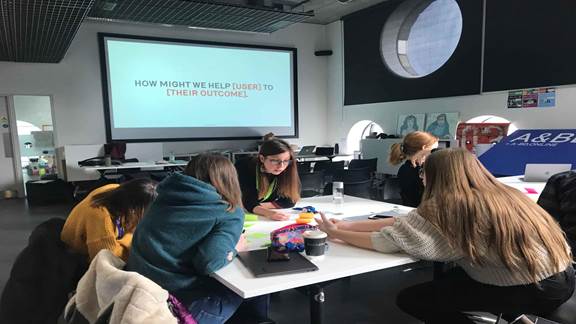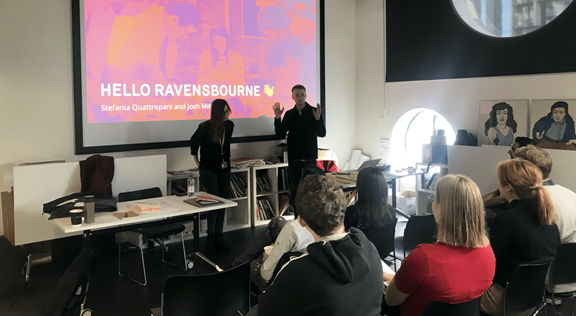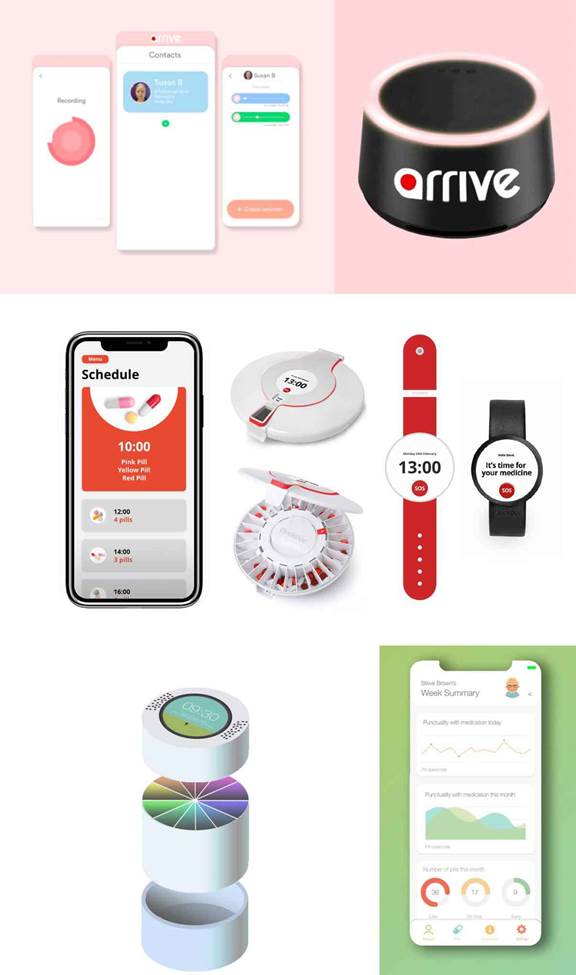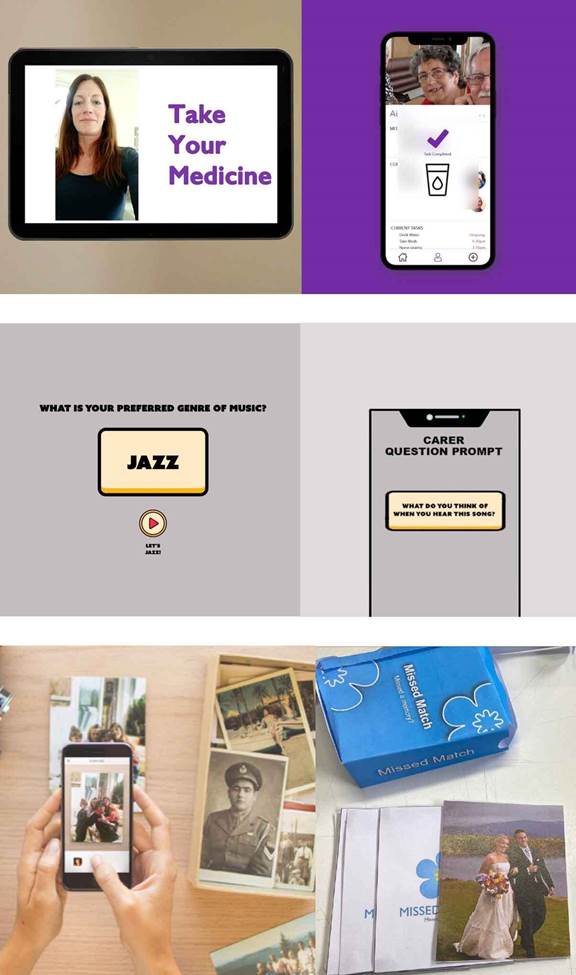What we did?
We worked with Derek and Steve, the tutors at Ravensbourne, to create a brief that would allow the students to explore an end-to-end product design process. The brief we settled on was: How might we create experiences that support people living with dementia?
This challenge acted as a starting point for a discussion on the big opportunity of accessibility and inclusion. The students would have 4 weeks to design and test potential solutions.
We first introduced the problem of dementia as a brain disorder that is not always immediate but might have different stages that can increase in severity at the point of not being able to do everyday simple tasks or being disoriented, feeling alone and sad and helped the student dig into the details and implications by giving them some forecast numbers and statistics. The most interesting part of this brief was that a solution for this problem would need to take into consideration other people beyond the user such as their family, friends and professional medical care providers.
During our first meeting with the students, we talked through our capabilities, our typical design process, our company culture and values. Giving the student an introduction to our company helped spark their interest and provided an opportunity for them to ask questions about the industry and day-to-day life as a designer.
To get familiar with the problem itself and allow the students to begin thinking about the desired outcomes, we organised an intense workshop to get them into the iterative mindset of outcomes and Jobs to be done instead of jumping straight to the final output and solution.
We met the students again for a midpoint review and then for the final presentation of their work. It was really impressive how they took our feedback and contextually worked on top of what they had to improve both the storytelling of their presentation and the solution itself.



